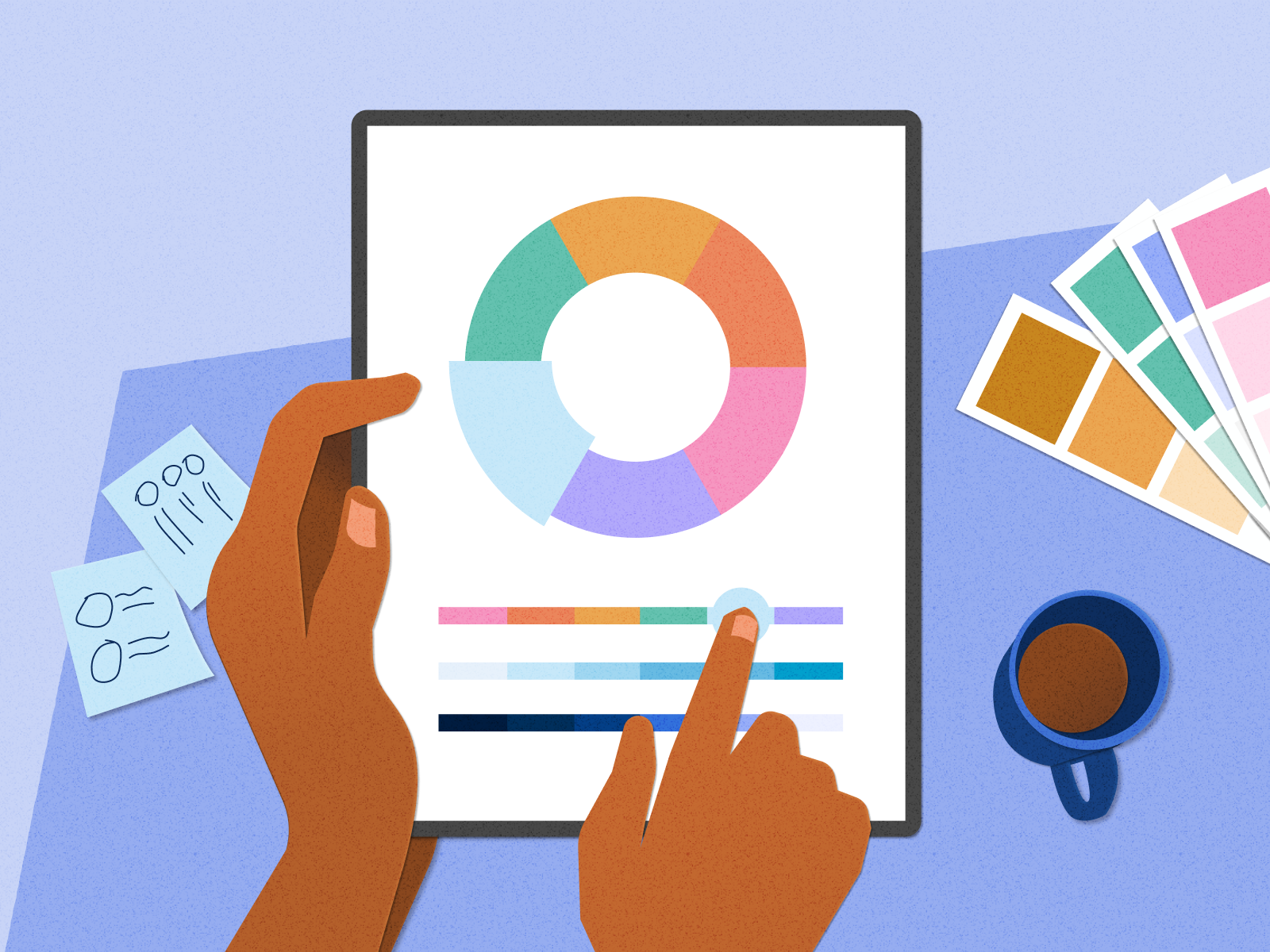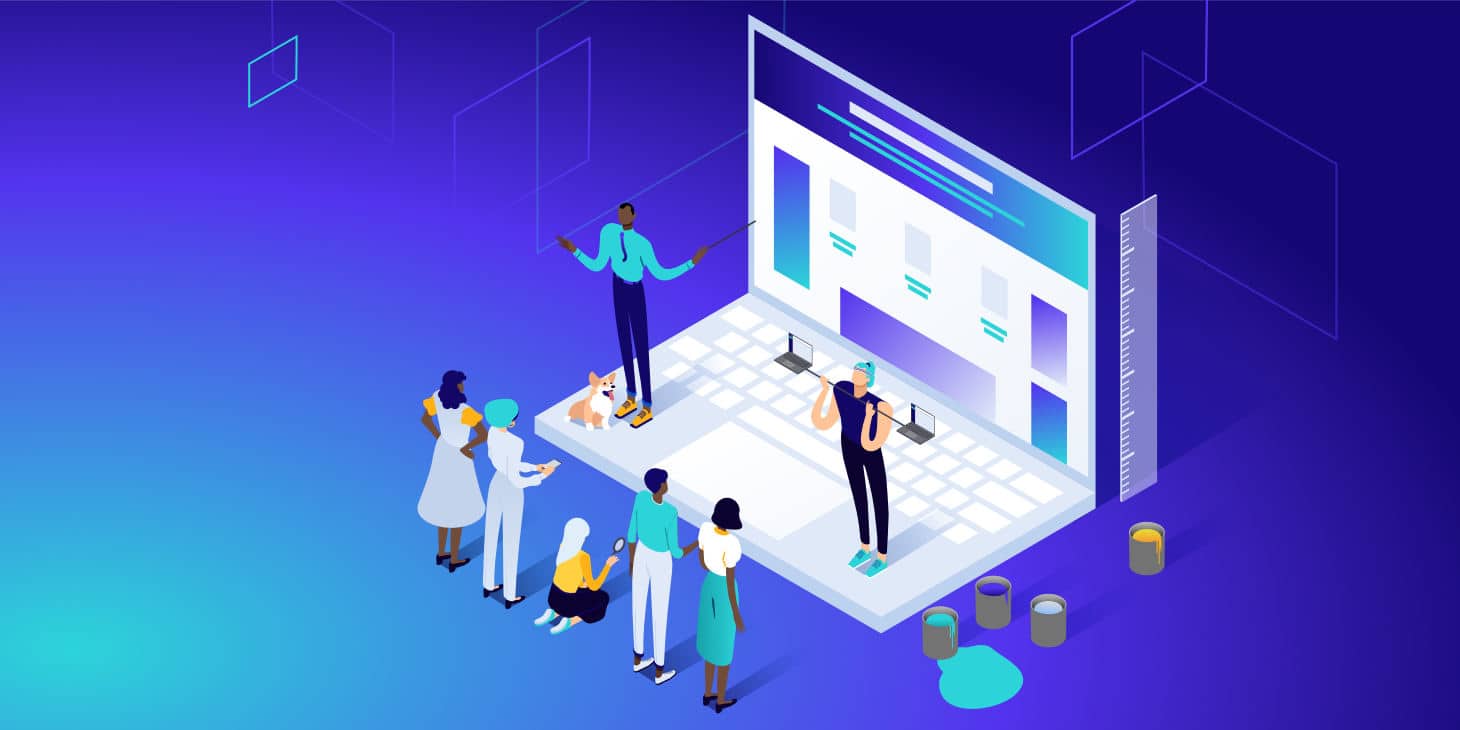The Very Best Kinds Of Web Layout to Enhance Customer Experience and Engagement
In the ever-evolving landscape of digital communication, the efficiency of Web design significantly influences customer experience and engagement. Numerous style approaches, such as minimalist, responsive, and interactive designs, each offer one-of-a-kind benefits that can accommodate diverse individual needs. Comprehending which types of Web style finest serve these goals can be critical for organizations intending to improve consumer fulfillment and retention. The inquiry remains: which style aspects genuinely resonate with customers and foster significant interaction? The exploration of these concepts discloses essential insights that may redefine your approach to Web style.
Minimalist Web Design
As digital landscapes become significantly chaotic, minimalist website design has actually arised as an effective strategy to enhancing customer experience. This layout viewpoint prioritizes simpleness, concentrating on important components while getting rid of unneeded distractions. By making use of sufficient white area, straightforward navigating, and a restricted color combination, minimal style promotes clearness and directs individual interest to key content.
The core concept of minimal website design is to develop a seamless interaction for individuals. By reducing cognitive lots, individuals can swiftly understand details without feeling overwhelmed. This straight technique not only boosts functionality yet additionally motivates interaction, as visitors are most likely to check out a website that is visually attractive and simple to navigate.
Furthermore, minimal style usually highlights typography and images, using these components strategically to communicate messages efficiently. This concentrate on vital components can improve brand name identification and create a remarkable user experience. Essentially, minimalist website design is not just a pattern; it is a thoughtful technique that acknowledges the relevance of user-centered design. By removing peripheral elements, designers can develop a more appealing, efficient, and satisfying Web experience for all users.
Receptive Web Layout
In today's diverse digital environment, receptive website design has become necessary for developing a seamless individual experience across a wide variety of tools. As customers accessibility internet sites on smartphones, desktop computers, laptop computers, and tablet computers, the capability of an internet site to adjust its layout and content to different display dimensions and resolutions is important.
Receptive Web style uses adaptable grids, pictures, and CSS media questions to make certain that Web material exists efficiently, despite the device utilized. This method not only boosts the aesthetic charm of a website but also substantially boosts functionality. Users are more probable to involve with a website that offers a constant experience, as it gets rid of the frustration of having to focus or scroll excessively.
In addition, internet search engine, including Google, prioritize mobile-friendly internet sites in search positions. By taking on receptive style, businesses can improve their presence and reach a broader target market. This strategy additionally simplifies internet site maintenance, as a solitary version of the website can satisfy all gadgets, decreasing the demand for several variations. In summary, receptive website design is a basic method that enhances individual experience, involvement, and total complete satisfaction.
Interactive Web Style
Receptive website design lays the foundation for improving customer experience, but interactive Web style takes this an action further by engaging customers in a more dynamic method - Aligned Position Web Design. By including components such as animations, clickable models, and real-time responses, interactive website design mesmerizes individuals, attracting them into a richer browsing experience
This approach not only promotes involvement but additionally encourages users to check out content proactively instead than passively consuming it. Strategies such as gamification, where customers gain incentives for important site finishing jobs, can considerably boost the time invested on a site and enhance general contentment. Interactive attributes can streamline complicated info, making it more absorbable and delightful.

Integrating interactive design aspects can additionally lead to greater conversion rates, as users are most likely to engage with a website that proactively involves them. Aligned Position Web Design. Eventually, interactive website design changes user experiences right into remarkable journeys, making sure that site visitors return time after time
Apartment Design
Defined by its minimalistic technique, level design highlights simpleness and capability, removing away unneeded components and focusing on vital attributes. This layout philosophy prioritizes usability, guaranteeing that individuals can browse interfaces easily and efficiency. By employing a clean visual, level design eliminates the clutter frequently found in much more ornate styles, thereby boosting user emphasis on web content and capability.
The trademark of flat design depends on its use strong colors, easy typography, and geometric shapes. These components add to an aesthetically enticing user interface that is both approachable and modern-day. In addition, level style promotes a sense of quality, enabling users to discern important activities and details without diversion.
Additionally, flat layout is especially effective in responsive website design, as its simplicity converts well across various tools and display sizes. The lack of complex textures and slopes minimizes filling times, which is critical for keeping user engagement. As electronic landscapes continue to advance, flat layout continues to be an appropriate selection for producing user-friendly web sites that enhance general experience. By concentrating on crucial functions, flat style not just meets user demands however additionally encourages smooth communication, making it an important part of reliable Web style strategies.
Flexible Web Layout
Flexible Web layout customizes the user experience by producing numerous dealt with layouts tailored to different display dimensions and tools. Unlike responsive design, which fluidly readjusts a solitary layout, flexible design uses distinctive layouts for particular breakpoints, making sure optimum discussion on numerous systems. This strategy allows designers to focus on the distinct qualities of each gadget, improving functionality about his by supplying precisely what customers require based upon their context.
Among the main benefits of web link flexible Web layout is its capacity to enhance tons times and performance. By serving tailored content and images that fit the customer's tool, internet sites can lessen information usage and improve loading speeds. This is specifically helpful for customers with slower links or restricted data plans.

Furthermore, adaptive style facilitates a much more regulated and consistent branding experience. Because developers develop multiple designs, they can ensure that the visual components align with the brand name's identification across different systems - Aligned Position Web Design. This causes a cohesive user experience, improving engagement and promoting individual retention
Verdict
In conclusion, the combination of minimal, receptive, and interactive Web style concepts dramatically enhances user experience and interaction. Minimal layout promotes quality and emphasis, while receptive design guarantees versatility throughout different tools, promoting ease of access. Interactive style mesmerizes individuals with vibrant aspects, motivating expedition and customization. Jointly, these design approaches add to the creation of user-friendly atmospheres that not just enhance contentment yet additionally drive greater conversion prices, emphasizing their important significance in modern website design methods.
.png)
Minimal layout cultivates quality and focus, while responsive design makes certain adaptability across various devices, promoting availability. Jointly, these layout comes close to contribute to the development of easy to use atmospheres that not just enhance contentment yet additionally drive greater conversion prices, underscoring their crucial significance in contemporary Web design strategies.